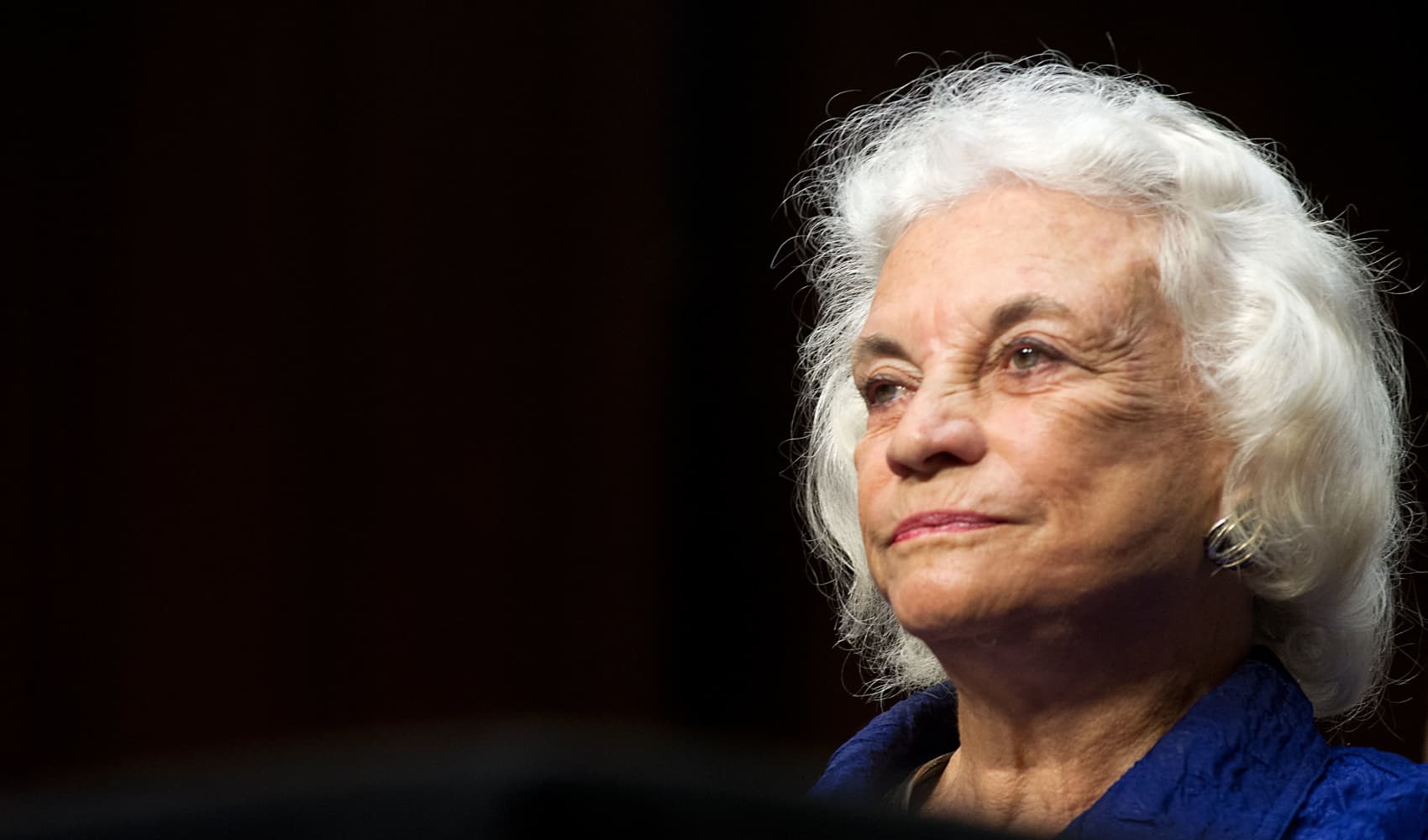Justice Sandra Day O’Connor, an Arizona native and consistent voice of moderate conservatism as the first woman to serve on the U.S. Supreme Court, was memorialized by President Joe Biden on Tuesday as a pioneer in the legal world who inspired generations of women.
Biden and Chief Justice John Roberts were among who spoke at the funeral held at Washington National Cathedral. O’Connor retired from the high court in 2006 after more than two decades, and died Dec. 1 at age 93.
“Sandra Day O’Connor, daughter of the American West, was a pioneer in her own right — breaking down the barriers in the legal and political worlds and the nation’s consciousness,” Biden said. “To her, the Supreme Court was the bedrock — the bedrock of America.”
Biden, referring to O'Connor's trailblazing career in the courts, added: “How she embodied such attributes under such pressure and scrutiny helped empower generations of women in every part of American life.”
We've got the news you need to know to start your day. Sign up for the First & 4Most morning newsletter — delivered to your inbox daily. Sign up here.
In his eulogy, Roberts also paid tribute to his late colleague's barrier-breaking career.
"Sandra Day O'Connor had to study and launch a career in the law when most men in the established profession did not want women lawyers — let alone judges," Roberts said.
Her life's work, he said, is measured by the fact that "younger people today cannot understand what it was like before Justice O'Connor and what now seems a distant past."
"She was so successful that the barriers she broke down are almost unthinkable today," Roberts added.
O’Connor was nominated in 1981 by President Ronald Reagan. Largely unknown on the national scene until her appointment, she would come to be referred to by commentators as the nation’s most powerful woman.
O’Connor wielded considerable influence on the nine-member court, generally favoring states in disputes with the federal government and often siding with police when they faced claims of violating people’s rights. Her impact could perhaps best be seen, though, on the court’s rulings on abortion. She twice helped form the majority in decisions that upheld and reaffirmed Roe v. Wade, the decision that said women have a constitutional right to abortion.
Thirty years after that decision, a more conservative court overturned Roe, and the opinion was written by the man who took her place, Justice Samuel Alito.
O’Connor was a top-ranked graduate of Stanford’s law school in 1952, but quickly discovered that most large law firms at the time did not hire women. She nevertheless built a career that included service as a member of the Arizona Legislature and state judge before her appointment to the Supreme Court at age 51.
When she first arrived, there wasn’t even a women’s bathroom anywhere near the courtroom. That was soon rectified, but she remained the court’s only woman until 1993.
In a speech before her casket lay in repose Monday, Supreme Court Justice Sonia Sotomayor remembered O'Connor as a trailblazer and a “living example that women could take on any challenge, could more than hold their own in any spaces dominated by men and could do so with grace.”
O’Connor retired at age 75, citing her husband’s struggle with Alzheimer’s disease. She later expressed regret that a woman had not been chosen to replace her, but would live to see a record four women serving on the high court.
President Barack Obama awarded O’Connor the Presidential Medal of Freedom, the nation’s highest civilian honor.
She died in Phoenix of complications related to advanced dementia and a respiratory illness. Her survivors include a brother, three sons and grandchildren.
The family has asked that donations be made to iCivics, the group she founded to promote civics education.
___
Associated Press writer Mark Sherman contributed to this report.



